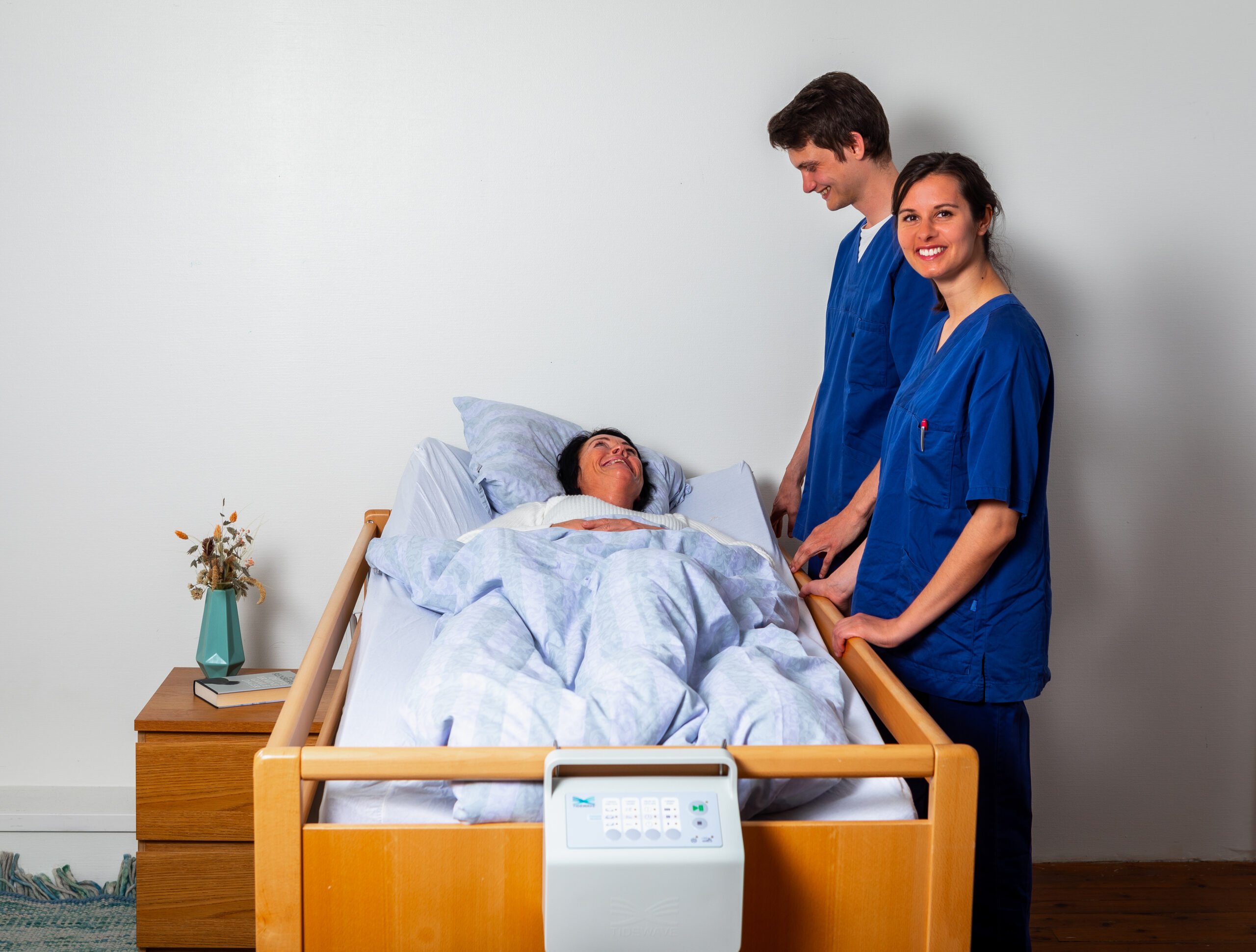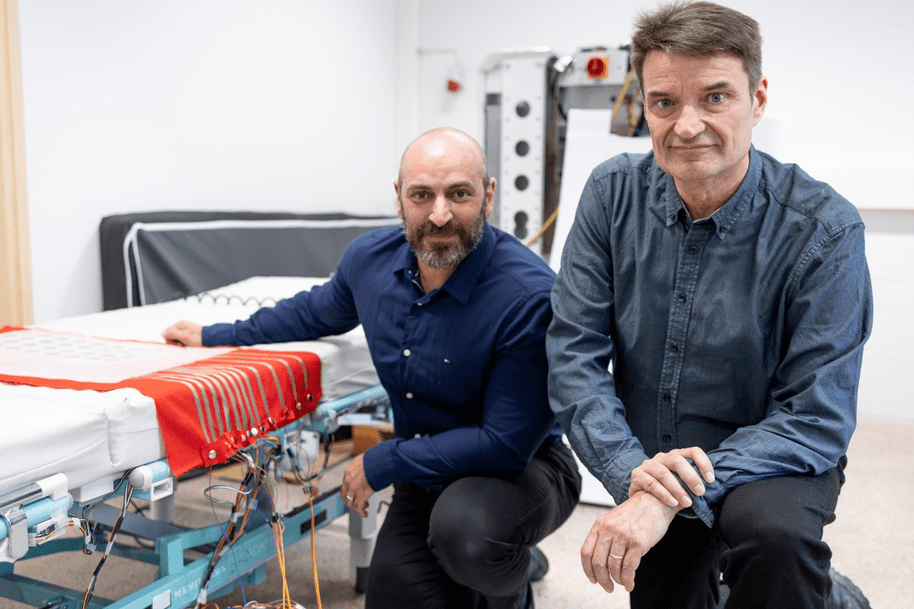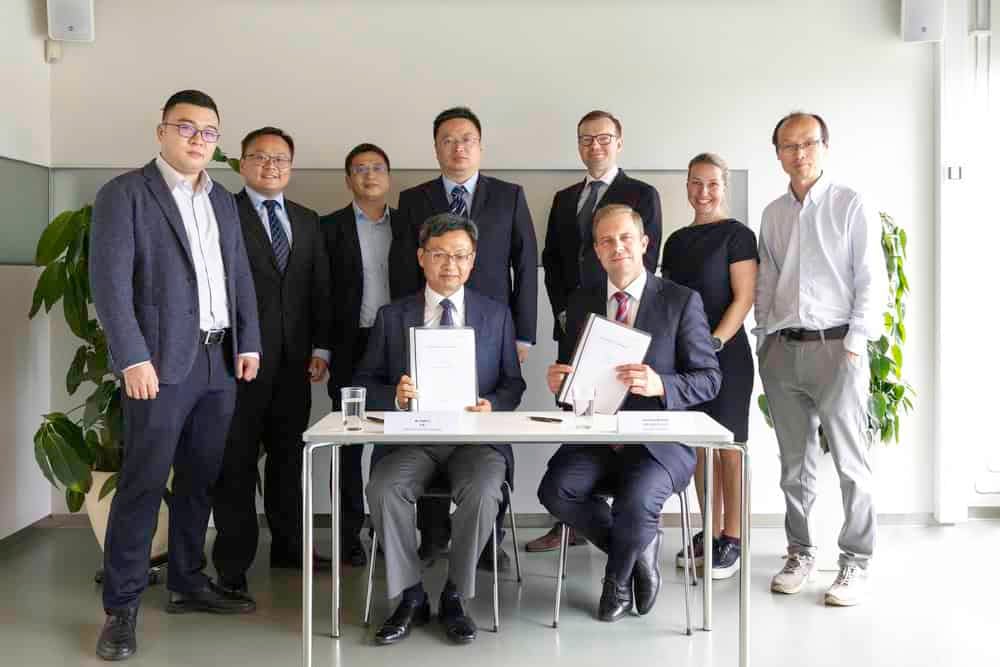
If hospitals were to use Tidewave’s moving mattress, they would kill two birds with one stone. Patients with limited mobility wouldn’t suffer from pressure ulcers, and nurses wouldn’t have to make the effort of manually repositioning them, reducing the chances of back problems later in their lives, a new study shows.
- A new clinical trial proved Tidewave moving mattress’ ability to prevent pressure ulcers.
- Using the device, there is no more need for nurses to reposition patients manually.
- The Norwegian company aims to keep expanding its business.
Nearly one in ten hospitalized patients suffers from pressure ulcers, an injury to skin and underlying tissue caused by prolonged pressure. This soreness can occur in a few hours, causing acute pain in the patients. The current hospital procedure is manual repositioning, which results in heavy lifting for the nurses. Moreover, due to the lack of hospital personnel, nurses don’t have time to turn patients frequently enough, leading to pressure ulcers.
That’s where Tidewave wants to make a difference. The Norwegian medtech startup created a self-moving mattress that can turn the patient by itself. Being an all-in-one system equipped with both air cells and two-layer foam, the device starts curving into a U-shape, gently wrapping the patient. Then, the mattress starts moving slowly, tilting from one side to the other without the person on it noticing it. The mattress movement can be set differently, relieving nurses from the task and ensuring patients change their lying position.

The end of manual repositioning
The clinical study, conducted at the Sunnaas Hospital in Bjørnemyr, Norway, compared the innovative mattress with a dynamic air mattress combined with manual repositioning. In examining the differences between the two, the study found that the Tidewave’s mattress increases pressure distribution, reducing strain on the body and removing the need for manual repositioning to be performed. Therefore, patients who need to lie on the bed for more extended periods – or those prone to pressure ulcers – see their chances of suffering from this injury reduced.
“This is good news for patients, health personnel, and the healthcare sector. In addition, more patients want to be able to stay at home for longer,” says Dr. Ingebjørg Irgens from the Sunnaas Hospital.
Undoubtedly, the study results are good news for Tidewave, too. “Having a clinical trial like this helps us enter new markets. We have been reaching out to distributors all around the world. From now on, we have a solid study to back our technology and to help us expand into more countries,” says Bjørn Lorentzen, CEO of Tidewave Medical.

Decennia-old ideas and new standards
The idea of a moving mattress is not a familiar one. Audun Haugs – the grandfather of one of Tidewave’s cofounders, Elen Haugs – had already conceptualized the idea of a soft grip tool to move fragile objects to be used in the petroleum industry, decades ago, eventually realizing that the same principle could be applied to mattresses. Before he could finish his project, he unfortunately died very suddenly. Years later, it was up to his granddaughter to give new life to the idea.
Tidewave Medical came to be in 2017 and, since then, has further investigated the idea. As of today, its mattresses are distributed in Singapore, Australia, and Denmark. While waiting for approval to enter the German market – where it’s also conducting two more clinical trials – the company is making the first steps to access the Dutch one.
“In the past years, we also developed a pediatric version of our mattress,” adds Lorentzen. As upgrades for the current technologies are in the making, the Norwegian company sees broadening its network and increasing production as its main targets. Soon, Tidewave will also work on finding new investors to complete its internationalization. “What we want to do is to be the go-to way of preventing pressure ulcers,” the CEO sums up.




